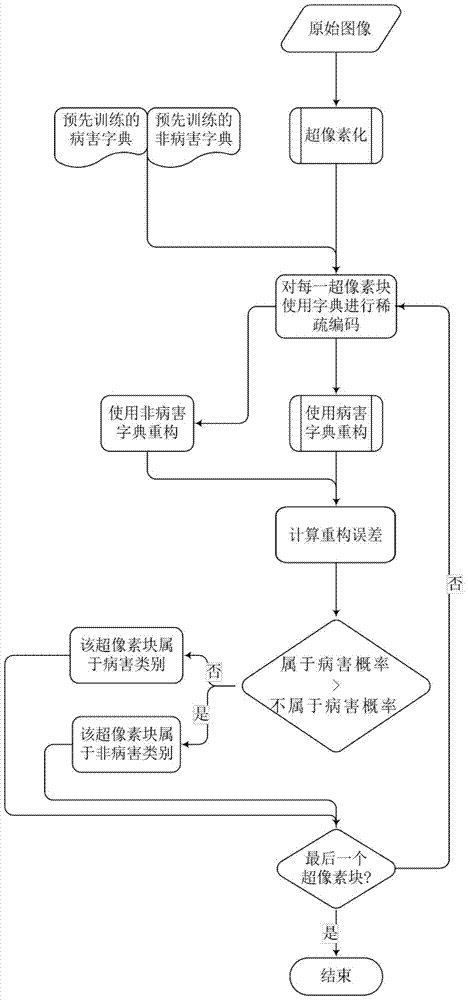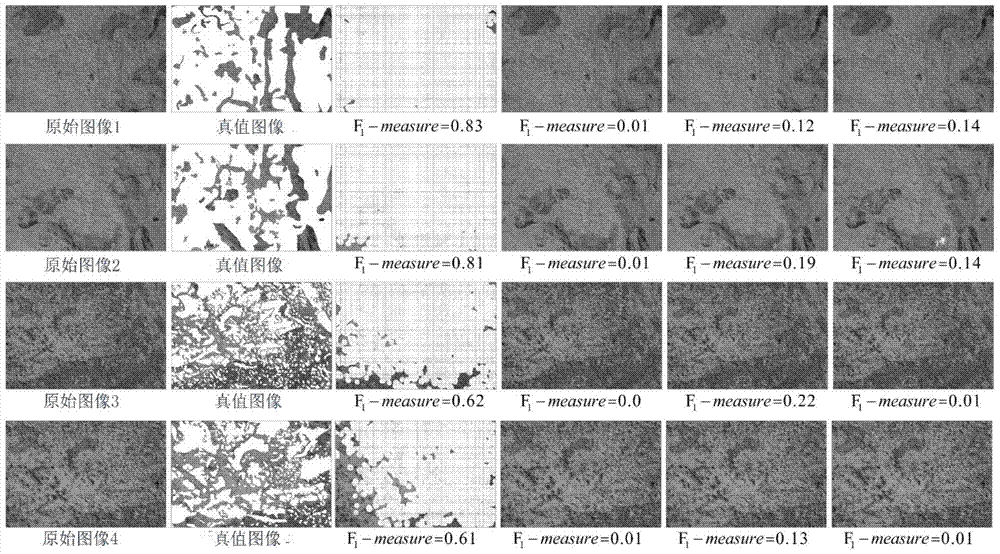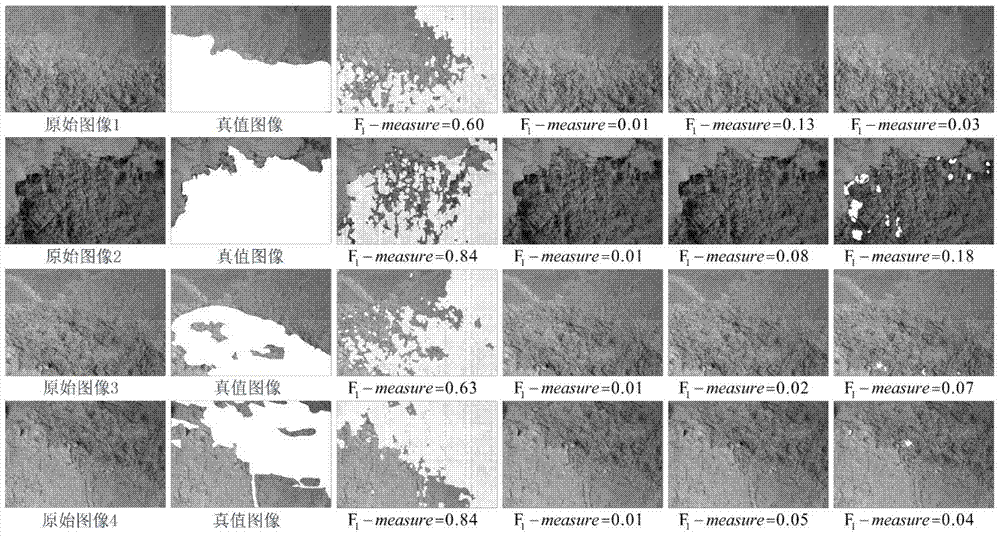A Method of Identifying Diseases of Ancient Murals Based on Global Dictionary Features
A disease and identification technology, applied in character and pattern recognition, instruments, computer parts, etc., can solve the problems of inapplicable detection technology, slow speed, inability to describe objects or objects, etc., achieve fast and effective image segmentation, improve efficiency, The effect of speeding up the identification of diseases
- Summary
- Abstract
- Description
- Claims
- Application Information
AI Technical Summary
Problems solved by technology
Method used
Image
Examples
Embodiment Construction
[0025] In the present invention, a superpixel method is used to over-segment the picture, and features are extracted for each superpixel block. Superpixel is to over-segment the image so that the pixels in each superpixel block have a high degree of similarity. Usually, this superpixel method is extremely fast. Superpixel methods can be used in a wide variety of computer vision problems [1] , to improve the efficiency of the algorithm while ensuring the reliability of the algorithm. A kind of efficient image segmentation method (Efficient Graph-Based Image Segmentation, EGS) based on graph is used in the present invention [2] , using a graph-based approach to express the boundary distance between two superpixel blocks, formulating a segmentation method that approaches linear velocity. On the basis of this segmentation, the present invention extracts the features of each superpixel block to complete the disease identification process.
[0026] The invention proposes a fast i...
PUM
 Login to View More
Login to View More Abstract
Description
Claims
Application Information
 Login to View More
Login to View More - R&D
- Intellectual Property
- Life Sciences
- Materials
- Tech Scout
- Unparalleled Data Quality
- Higher Quality Content
- 60% Fewer Hallucinations
Browse by: Latest US Patents, China's latest patents, Technical Efficacy Thesaurus, Application Domain, Technology Topic, Popular Technical Reports.
© 2025 PatSnap. All rights reserved.Legal|Privacy policy|Modern Slavery Act Transparency Statement|Sitemap|About US| Contact US: help@patsnap.com



